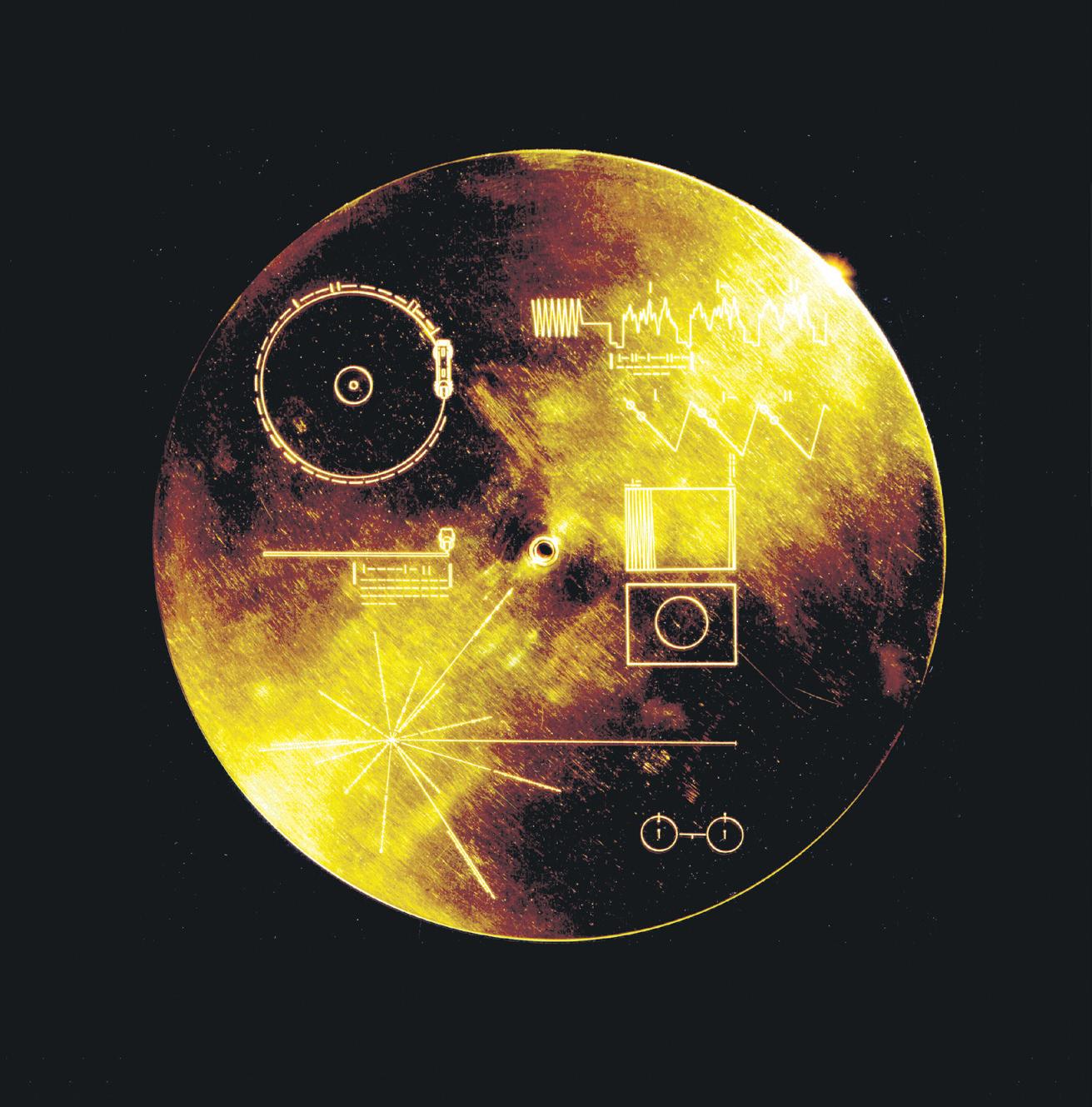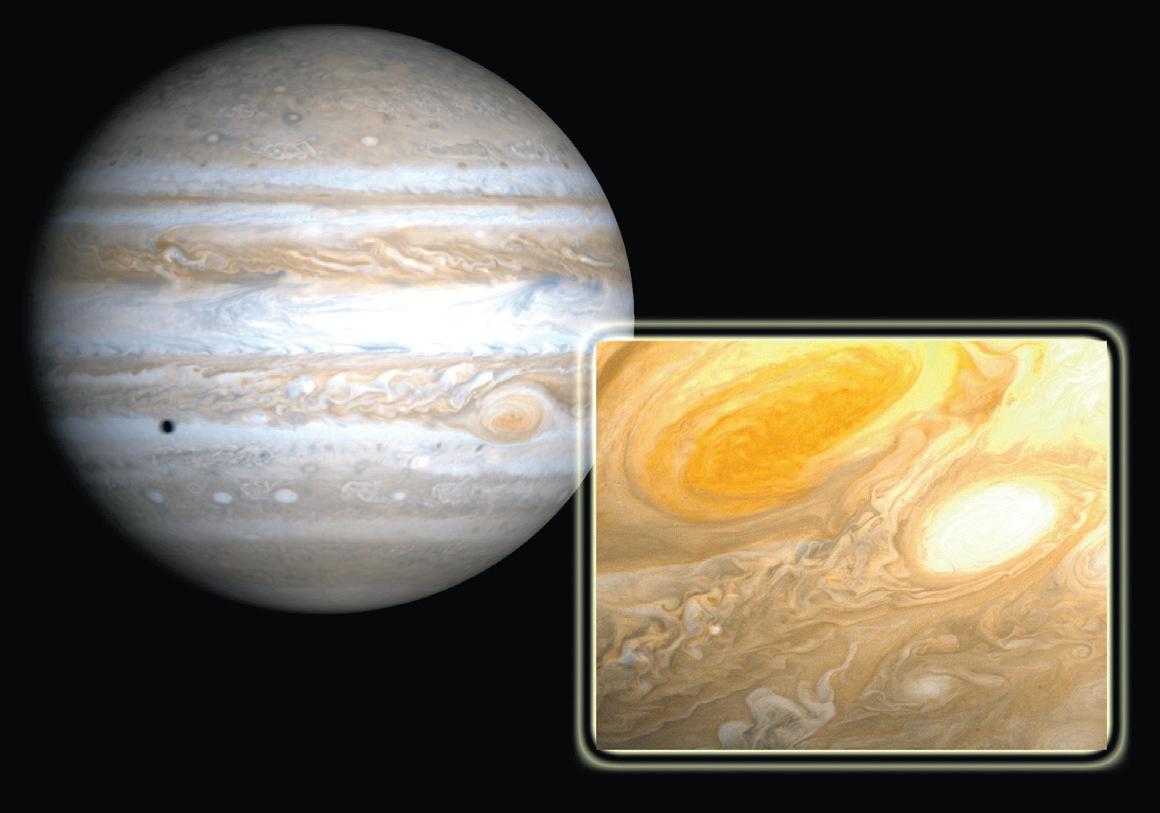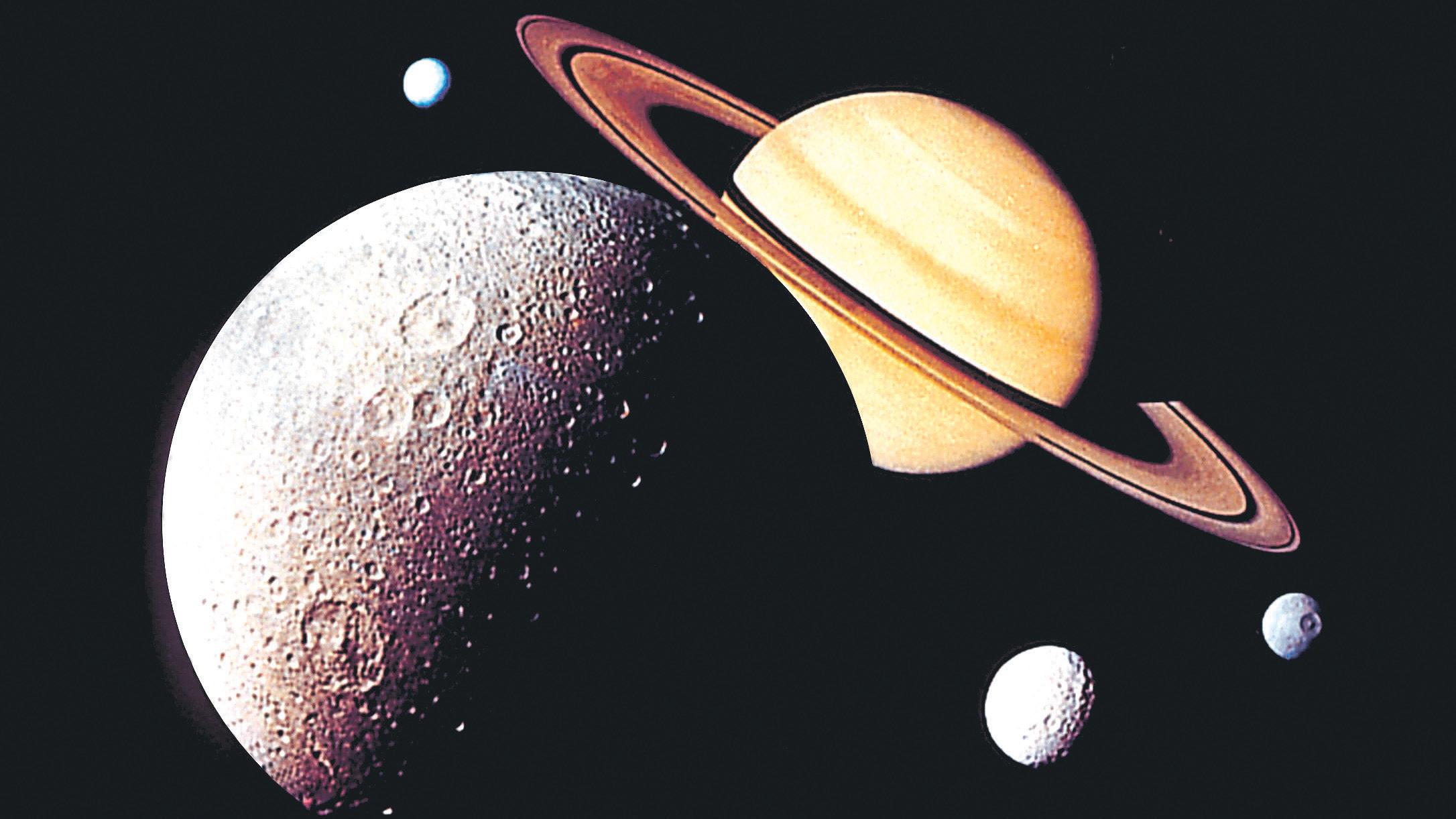
3 minute read
To infinity. . . and beyond
from 2012-10 Sydney (1)
by Indian Link
Despite carrying the legacy of a less tech-savvy age, the Voyager probes continue their mission of exploring space to the far reaches of the Solar System
BY RITAM MITRA

Well, not quite to infinity – but NASA’s Voyager programme today sits poised to make an amazing leap into the unknown as its Voyager 1 probe gets closer to completely escaping our solar system. As NASA’s Curiosity Rover enjoys its first months on Mars taking high-resolution photos of the red planet, Voyager 1 moves ever closer to the edge of the solar system, over 35 years since its launch date. It is predicted to enter the interstellar medium anytime within the next three years.
Launched in 1977, the Voyager mission (which includes the twin probes Voyager 1 and Voyager 2) was set up for the primary purpose of studying the planetary systems of Jupiter and Saturn. However, although the probes have already sent detailed images of both planets back to Earth, they continue to explore deep space, and scientists hope they will be able to do so for another couple of decades.
Some of the Voyagers’ achievements are staggering, especially bearing in mind that purely 1977 technology went into the mission. The spacecraft were powered with 80 kilobytes of memory, and had only tape recorders since they used software without data storage capability. Some inventions in this decade included post-it-notes, laser printers and floppy disks. Mobile telephones weren’t even invented until the Voyager 1 had already begun observing Jupiter.
Yet, Voyager spacecraft have still sent back 52,000 images of Jupiter. Voyager 1 is currently over 18 billion kilometres from the Earth, or 122 times the average distance from the Earth to the Sun. It is travelling at a velocity of 57,600 km/hour. That’s 16 kilometres a second. It takes almost 17 hours to receive a signal back from the probe. That’s because it sees the Earth as a tiny small blue dot. And if you’re still struggling to fathom the enormity of receiving a signal from that far away – just think of how much difficulty you have maintaining mobile phone reception in a tunnel.
The total programme cost up to today, for both probes to explore deep space, give us a look at the giants of the solar system in close detail, and still deliver useful information back to Earth, has cost $865 million.
As a comparison – the 2012 US political campaigns are expected to cost $6 billion.
The numbers are impressive, but one of the more interesting facts about the Voyager mission is that both probes carry with them phonograph records, containing sounds and images that have been selected to portray the diversity of life and culture on earth. The “Voyager Gold Records” include Mozart’s The Magic Flute, the Aborigine songs Morning Star and Devil Bird, as well as the Indian raga, Jaat Kahan Ho, sung by Surshri Kesar Bai Kerkar. It comes with greetings in 55 languages, as well as the sounds of a baby crying, waves breaking on a shore, and images of people engaged in daily activities.
The record also includes a message from then US President, Jimmy Carter, “This is a present from a small, distant world, a token of our sounds, our science, our images, our music, our thoughts and our feelings. We are attempting to survive our time so we may live into yours.” Although the chances are extremely slim, there is hope that as the probes travel into the vastness of interstellar space, advanced spacefaring civilisations may be able to play the records.
The Voyager probes have sent back some never-seen-before, iconic images of our outer Solar System. They sent us the first glimpse of Jupiter’s famous Great Red Spot - a storm, larger than the size of the Earth that has been raging on the planet for at least 400 years. They improved our understanding of the ‘Galilean moons’ of Jupiter and discovered Jupiter’s rings. They also sent back our first high-resolution images of Saturn. Their initial 5-year mission to explore the two planets has now become a quest to cross yet another frontier for man in space. But space has always been a fascinating concept for mankind. Great minds such as Galileo, Copernicus and Kepler lived hundreds of years ago, made incredible discoveries and theorised any number of thenridiculous statements. Yet they were never able to truly realise the fruits of their labours.

So too might those who launched the Voyager probes never see the fruits of theirs – the mission continues…
Some of the Voyagers’ achievements are staggering, especially bearing in mind that purely 1977 technology went into the mission.
Left:
Weltraum: This montage of images of the Saturnian system was prepared from images taken by the US Voyager 1 spacecraft during its Saturn encounter in November 1980. This artist’s arrangement shows Dione in the foreground, Saturn rising behind, Tethys and Mimas fading in the distance to the right and Enceladus to the left.(www.dlr.de)

Jupiter’s red eye, photographed by Voyager 1 in March 1976
The Voyager missions sent us the first glimpse of Jupiter’s famous Great Red Spot - a storm, larger than the size of the Earth that has been raging on the planet for at least 400 years.









